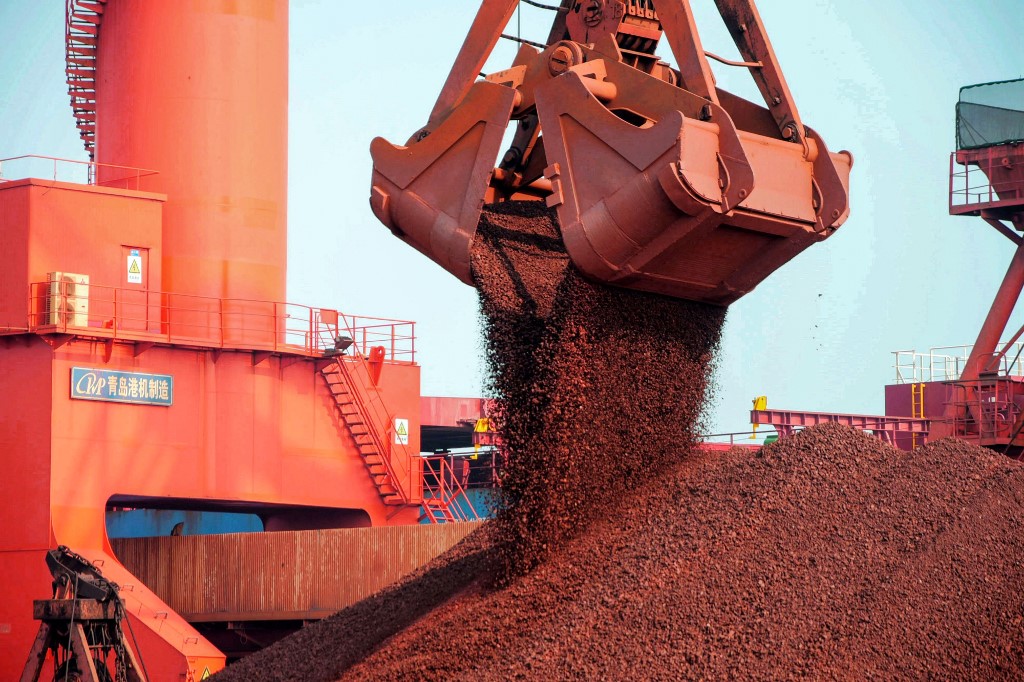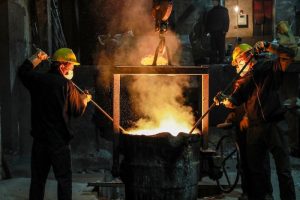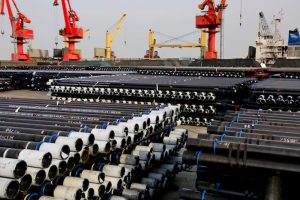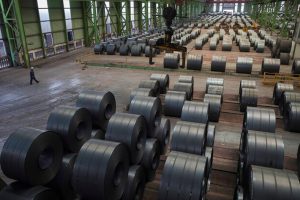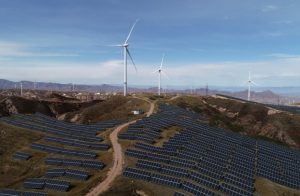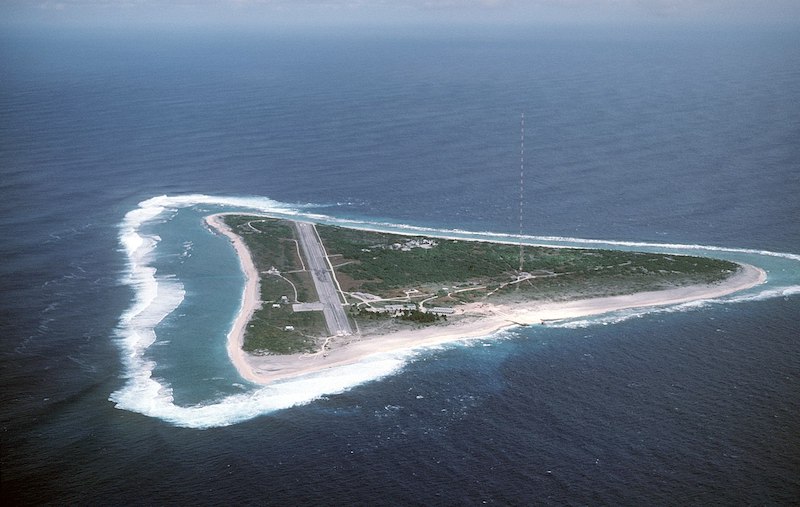State planner outlines targets for recycling of key metals to ensure supplies, limit its import costs and meet its climate goals
(AF) China plans to hike its use of recycled metals – such as steel, aluminium, copper and lead – over the next few years to ensure supplies and cut its greenhouse gas emissions.
The country, which is the world’s top consumer of metals, wants to boost its use of steel scrap by 23% by 2025.
The National Development and Reform Commission (NDRC) said in a statement on Wednesday it wants the recycling of nonferrous output to reach 20 million tonnes in the next five years from 14.5 million tonnes in 2020.
It is targeting 11.5 million tonnes of recycled aluminium, 4 million tonnes of recycled copper and 2.9 million tonnes of recycled lead, the state planner said, adding that this would ensure supplies and help the country meet its climate commitments.
The NDRC vowed to raise the substitution rate of renewable resources to primary resources and to enhance utilisation of low-grade ores, tailing dams and other resources.
China’s steel scrap usage was around 260 million tonnes in 2020, but the state planner said this could replace 410 million tonnes of 62% iron ore input.
The country has been bringing in more than a billion tonnes of iron ore per year, accounting for more than 80% of its total consumption.
Surging global metals prices have driven up producer price inflation this year, which has forced Chinese authorities to take numerous steps to tamp down speculation. Prices for iron ore with 62% iron content for delivery to China have jumped 38% this year.
“The global supply chain had been seriously shocked by non-economic factors, increasing uncertainty of supplies… had posed a major challenge to China’s resource security,” the NDRC said.
Major implications
The news has major implications for mining companies in Australia, Brazil and other countries that currently ship large amounts of iron ore and other metals to China.
The plan would help the country meet its carbon peak and carbon neutrality goals, the NDRC said in its statement.
China generates about 10 billion tonnes of carbon dioxide a year, or 30% of global emissions, which is more than the US and Europe combined. But it wants its greenhouse gas emissions to peak before 2030 so that it can become “carbon neutral” by 2060.
The ferrous sector contributes about 15% to China’s total carbon emissions, while the nonferrous industry accounts for about 4.7%.
With reporting by Reuters




